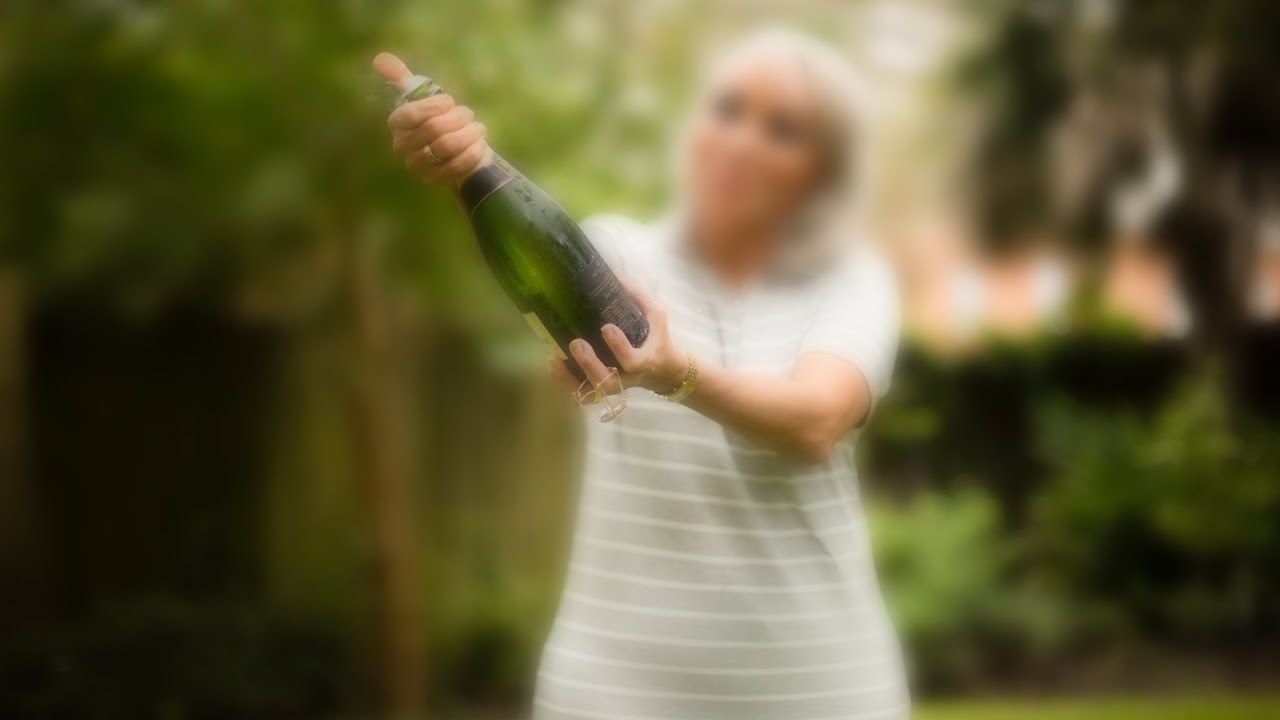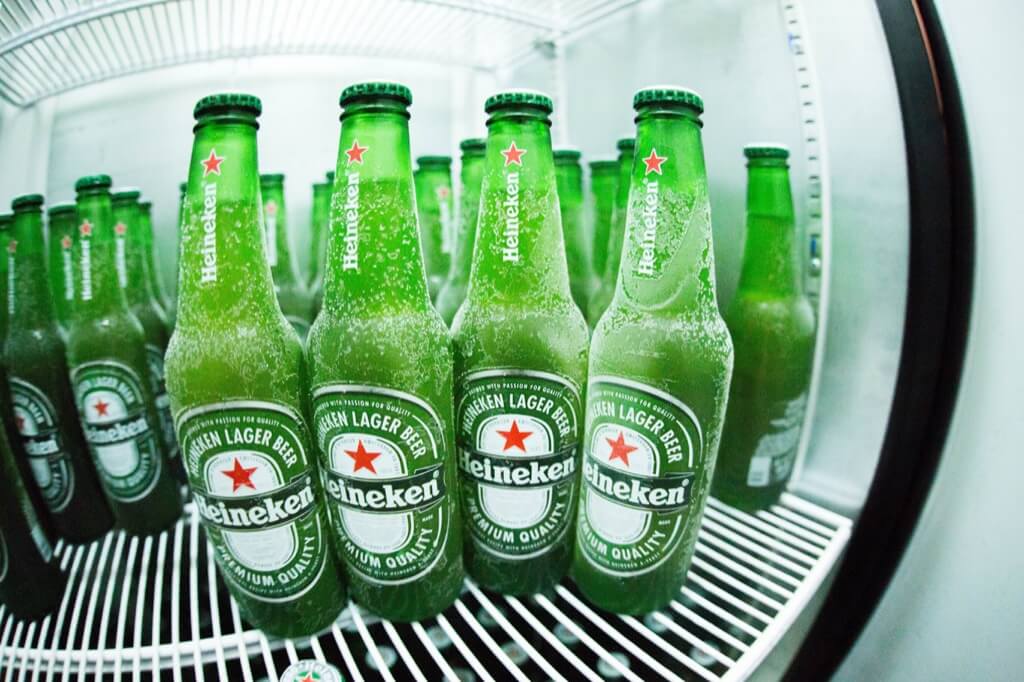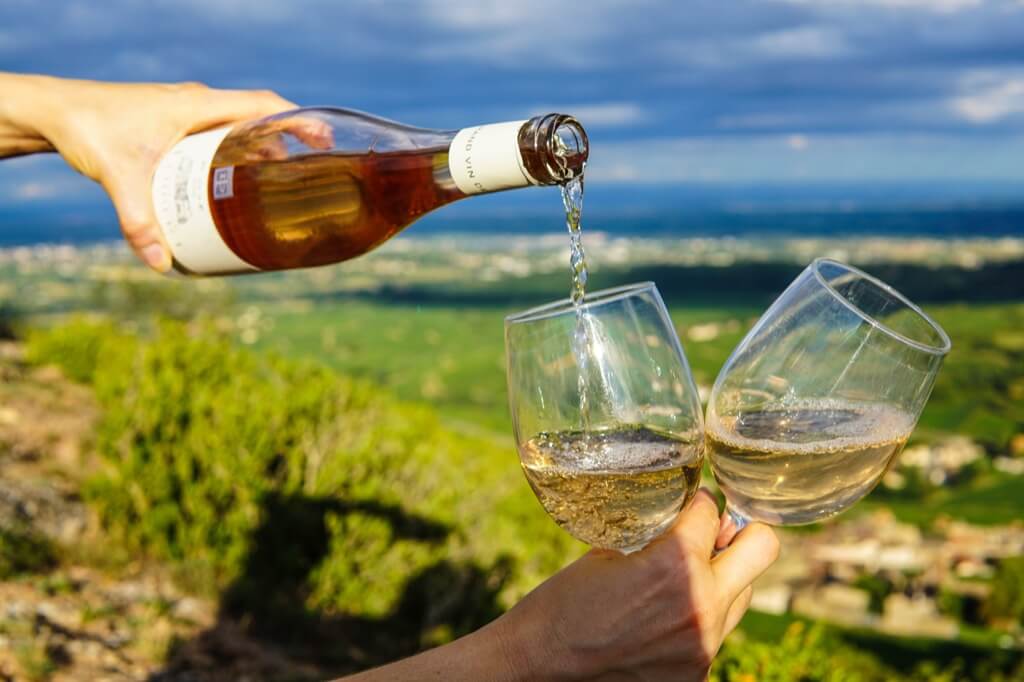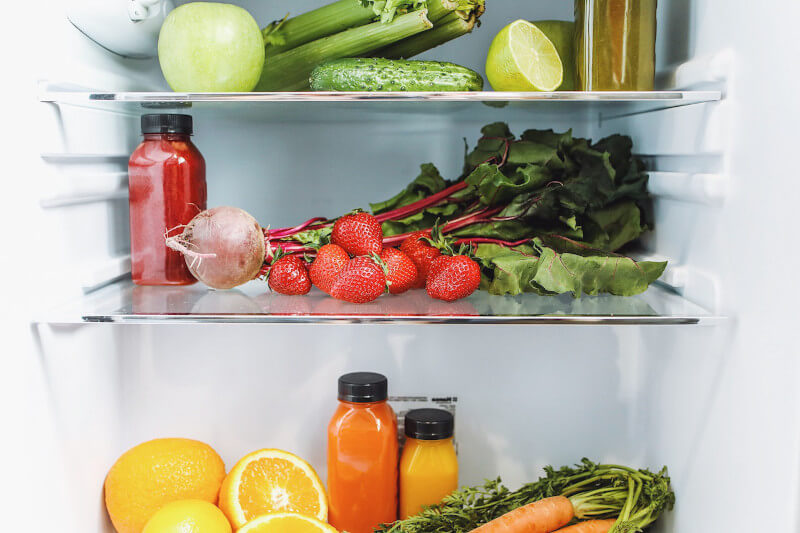So, What Does It Mean and How Did We Land on This Term?
Flashback to England in the early 1600s. The term “proof” wasn’t as much about ensuring your Friday night drink was up to snuff as it was about the taxman getting his due. That’s right – alcohol, termed “proof spirits”, came with a heavier tax, and the king wanted assurance he was getting every penny.
A rather archaic method was employed to identify this: soaking a pistol pellet in the liquid and seeing if it would catch fire. The logic? If it did, then the spirit, often rum, was believed to contain at least 57.15% alcohol by volume (ABV) or was deemed 100% proof. Now, if you’re thinking this seems more medieval than scientific, you’re not wrong. The method had its flaws, especially since a liquid’s flammability can change based on its temperature.
But with the dawning of the 19th century, science took the lead. A more sophisticated approach emerged that centered on understanding the liquid’s specific gravity, essentially its density compared to distilled water—fun fact: distilled water is denser than most spirits. By 1816, this understanding paved the way for a reliable proofing system. The result? A 100-proof spirit (57.15% ABV) was found to weigh roughly 12/13 as much as distilled water at a brisk 11°C.
For our British readers, a delightful IPA with an ABV of 6.9% would register 12.075 degrees of proof. To make things slightly more complex, if you were to take pure alcohol with an ABV of 100%, it would translate to a proof of 175 degrees. Why? Because 57.15% aligns closely to 4/7. So, to switch from ABV to UK proof, you just multiply the ABV by 7/4 (or 1.75).
Our Friends Across the Pond in the U.S. Prefer to Keep Things Straightforward
They determine proof by simply doubling the ABV. That same IPA? It’s 13.8 proof in the U.S. A bottle of Jack Daniels, at 40% ABV, stands at a neat 80 proof.
Now, you might have come across spirits boasting exceptionally high ABVs. Some neutral grain spirits, for instance, boast an eye-watering 96% ABV. While this translates to 168 proof in the UK, it’s a staggering 192 proof in the US. Each U.S. state, however, sets its own rules. Nevada, for example, draws the line at 80% ABV, whereas California sets its threshold at 60%.
A notable mention is the legendary spirit, absinthe. This powerful beverage, with an ABV ranging from 45-75%, is steeped in history and myth. Celebrated by artists and writers alike, from Oscar Wilde to Ernest Hemingway, it became the muse of many art movements like Surrealism and Modernism. Yet, in the early 1900s, absinthe faced bans in several countries, including the U.S., fueled by misconceptions about its ingredients and a dash of industry rivalry. By 2007, this iconic spirit made its triumphant return to American shores.
South Africa’s Stance on Alcohol “Proof”
South Africa, like much of the world, has a rich history with alcohol, both in terms of consumption and production. One cannot discuss the country’s alcoholic heritage without mentioning its internationally acclaimed wine industry. Yet, beyond wine, the nation’s understanding and application of “proof” have been influenced by both global trends and its unique context.
The Origin of “Proof” in South Africa
Historically, South Africa took cues from its British colonizers, especially in legal and trade matters. Therefore, it’s plausible that the British method of determining alcohol “proof” had some influence on South Africa. However, as the country evolved and established its identity, so did its approach to alcohol regulation.
South African brandies, a staple in the nation’s alcoholic offerings, are a practical example of this. These brands typically range between 38% to 43% ABV. Using the British method of calculation, this would translate to a proof range of roughly 66.5 to 75.25. However, in line with more modern and global conventions, South Africa, similar to the U.S., often denotes proof as twice the ABV. Therefore, a South African brandy at 40% ABV would be labeled as 80 proof.
A Dive into Umqombothi
Not to be overlooked is South Africa’s traditional beer, Umqombothi. While it’s less alcoholic than spirits, with an average ABV of 3% to 6%, it offers insight into the nation’s unique alcoholic landscape. This would translate to 6 to 12 proofs using the modern method of calculation. Rich in history and cultural significance, Umqombothi serves as a testament to South Africa’s diverse alcoholic tapestry.
Regulating Spirits in South Africa
Regarding regulation, the Department of Trade and Industry in South Africa oversees the production and sale of alcoholic beverages. They ensure that products are accurately labeled, which includes the correct ABV and if provided, the proof. This guarantees that South African consumers are well-informed about the alcohol content of their purchases.
Benefits of Demystifying Alcohol “Proof”
- Consumer Awareness: One of the most significant advantages of understanding alcohol proof is the heightened awareness it offers to consumers. By knowing the proof, consumers can gauge the strength of their drink, assisting them in making informed decisions about their consumption.
- Standardized Regulation: “Proof” offers a standardized measure that regulators can use across different alcoholic beverages. It ensures that manufacturers are transparent and honest about the alcohol content in their products.
- Historical and Cultural Relevance: By understanding the history behind “proof”, individuals can appreciate the cultural and historical significance of the beverages they consume. This offers a depth of connection and reverence for traditions and practices.
- Global Comparisons: With many countries having their systems for calculating “proof”, a clear understanding allows for better global comparisons. This can be especially useful for consumers who travel or consume imported products.
Challenges with Alcohol “Proof” Demystification
- Varying Methods of Calculation: As seen with the U.S. and the UK, different nations have distinct methods for calculating “proof”. This can lead to confusion among consumers, especially when trying to compare alcohol strengths across countries.
- Over-reliance on Numbers: There’s a risk that consumers might overly rely on the “proof” number without considering other factors like the drink’s composition, which can influence its effect on the body.
- Potential Misunderstanding: Not all consumers might be familiar with the concept of “proof”, even if they know the ABV. This could lead to misinterpretations of a beverage’s strength.
- Historical Inaccuracies: As with the early method involving the burning of a soaked pellet, some historical methods for determining “proof” were not entirely accurate. Relying on such practices could have led to inconsistencies in the past.
For more intriguing insights, do visit our contact page.




